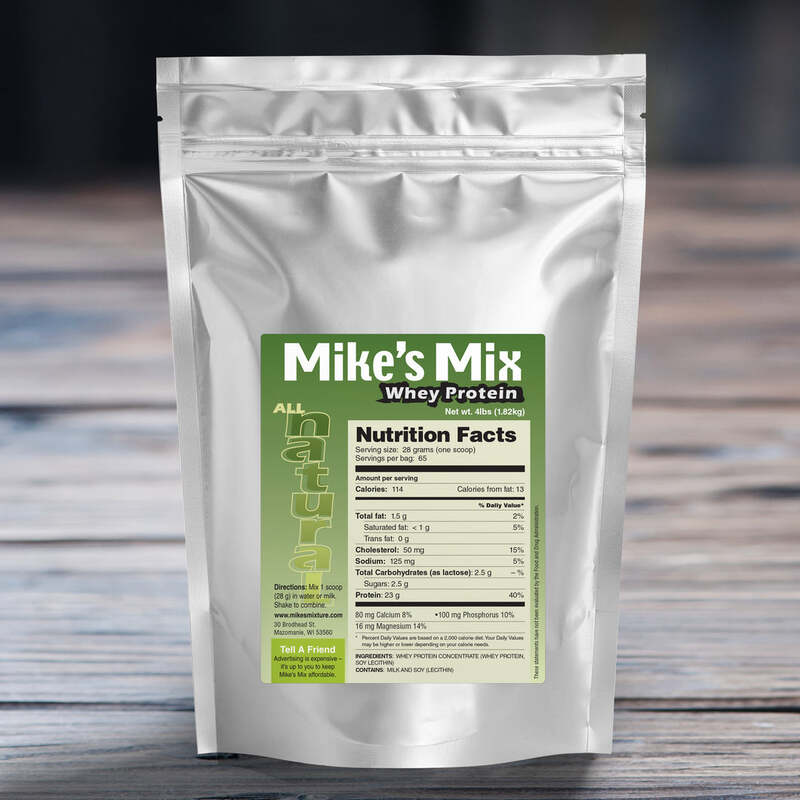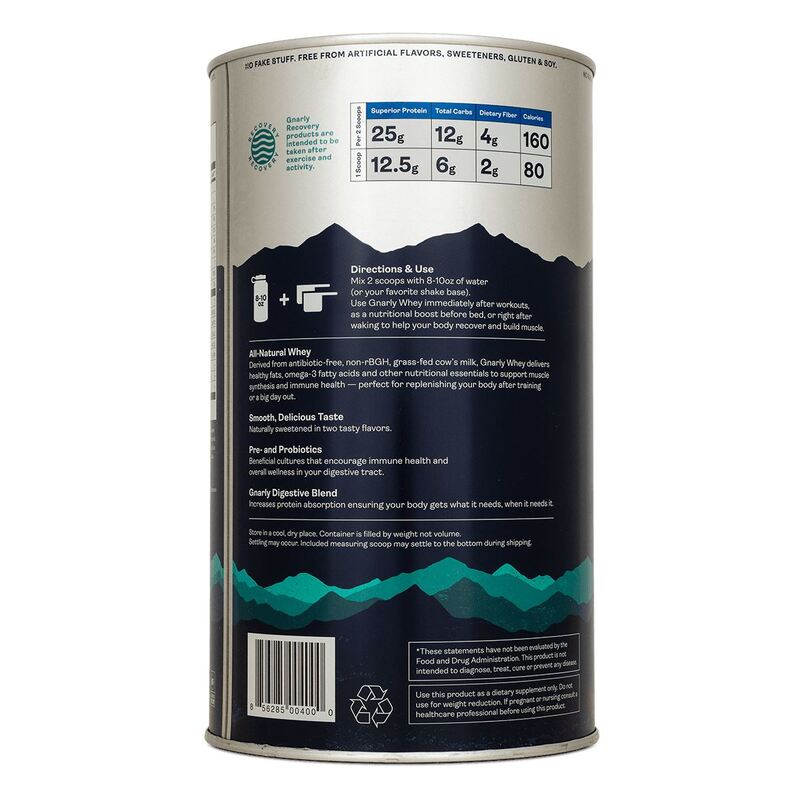Step 1: Sourcing High-Quality Ingredients
To make exceptional homemade protein powder, start with the best ingredients. The protein’s taste, nutrition, and overall quality depend on the raw materials used.
Types of Protein Sources
Select protein sources carefully based on the intended health benefits, dietary preferences, and absorption rates. Consider these popular options:
- Whey protein is renowned for quick absorption and high bioavailability.
- Casein protein provides amino acids slowly over time, good for sustained release.
- For vegans, soy protein offers a complete amino profile.
- Pea protein is hypoallergenic and easy to digest, suitable for sensitive stomachs.
- Rice protein is another gentle option, also good for those with allergies.
Mix different proteins to ensure a full range of amino acids. This custom mix can cater to specific nutritional needs and taste preferences.
Organic and Non-GMO Ingredient Selection
Choose ingredients that are organic and non-GMO to ensure your powder remains pure and untainted by harmful chemicals and genetic modifications. These premium choices may cost more, but the health payoff is worth it. Include powerhouse ingredients like chia seeds, which pack in protein and omega-3 fatty acids.
Finding Reliable Suppliers
Reliable suppliers guarantee quality ingredients. Research potential sources, consider their quality control, product certifications, pricing, and order minimums. Building a good relationship with suppliers can ensure a regular supply of ingredients and may lead to cost savings. Pay attention to suppliers who specialize in the type of ingredients you need for your protein powder.

Step 2: Developing Your Protein Formula
After selecting your quality ingredients, it’s time for the next step. You’ll create a unique protein formula that appeals to your target audience’s tastes and dietary needs. You need a protein mix, natural flavors, and maybe some added benefits.
Determining Your Protein Blend
Pick your proteins with care. Aim for a broad range of amino acids. This helps ensure your body gets all it needs. You might combine different plant-based proteins like pea or rice. Or, you might prefer animal-based sources like whey or casein. Try different mixes to match your health goals.
Natural Flavoring and Sweeteners
A good taste can make your protein blend stand out. Use natural flavors like vanilla or cacao. Natural sweeteners like stevia or monk fruit add sweetness without extra calories. Keep flavors light and natural, no artificial stuff.
Adding Nutritional Enhancements
Boost the health value of your product. Think about adding fibers, vitamins, or even probiotics. Ingredients like flax or chia seeds offer fiber and Omega-3s. They make your powder more than just a protein source. But, always check for safety and consult with a nutritionist when in doubt.
Your protein formula is your brand’s backbone. Get it right, and your customers will love it. It’s all about finding the right balance. A great taste and high nutritional value can make your protein powder a go-to choice.
Step 3: The Manufacturing Process
Producing your own protein powder means controlling quality and safety. Establish good manufacturing practices at home or in a small facility. Here, let’s discuss some key aspects of personal manufacturing.
Personal Manufacturing Principles
When making protein powder, cleanliness is paramount. Ensure workspaces and tools are spotless to avoid contamination. Use precise measurements to maintain consistency. Batch testing can help check for quality and taste. Store your finished product in clean, dry places to prolong shelf life.
Quality Control and Consistency
Consistency is crucial for any product, including protein powder. Stick to your recipe to ensure each batch has the same taste and nutritional value. Choose the best ingredients, and handle them with care. Accurate measurements and regular batch testing can help maintain high standards.
Importance of Proper Storage
Proper storage preserves your protein powder’s quality. Store it in airtight containers to keep it dry and fresh. Place it in cool, dark areas to protect it from heat and light. Proper storage helps ensure your powder retains its taste and nutritional benefits over time.

Step 4: Labeling and Packaging
Packaging is crucial to the success of your homemade protein powder. Let’s discuss the steps to create appealing and informative labels and package your product professionally.
Essential Information for Labels
Your labels should have key details. Include the protein powder name, full ingredients list, nutritional facts, serving size, and storage instructions. Also, add any allergen warnings if applicable. This information helps users know what they are consuming and how to use it.
Designing and Printing Your Labels
Design labels that catch the eye. Use graphic design tools for a professional look. Print on high-quality, waterproof adhesive paper. Make sure the labels are clear and easy to read. They should stick well to your packaging, resisting wear and tear.
Quality Control and Safety Standards
Maintain high safety standards. Your protein powder should be safe for consumption. Follow local regulations for food products, including labeling standards. Testing for quality before packaging is important. This ensures that every batch meets your standards and is safe for customers.
Step 5: Selling Your Protein Powder
Once your homemade protein powder is ready, the next big step is selling it. The process is not just about putting it out there; you need to understand the rules, create an online presence, and market it well.
Understanding Local Regulations
Before you sell your protein powder, know the laws. Each place has its own rules for food products. Check with local authorities and follow guidelines for labeling and safety. Get the right permits and make sure your labels show all the required info.
Online Presence and E-Commerce
Build a website or join e-commerce platforms to sell online. Make sure the site is user-friendly and secure. Use clear images and detailed product info to attract buyers. Set up payment systems and plan how you will ship orders to customers.
Marketing and Distribution Strategies
To get customers, you need good marketing. Use social media, blogs, and online ads to reach people. Offer deals and samples to get people interested. Find out where your target customers are and place your product there, whether it’s online or in local stores.
Selling your own protein powder can be exciting. With careful planning and following these steps, you can make your product a success.

DIY Protein Powder Recipes
Crafting your very own protein powder recipes can be both fun and rewarding.
Vegan and Vegetarian Options
For those on a plant-based diet, creating a vegan or vegetarian protein powder is essential.
- Pea protein is a complete protein and makes an excellent base.
- Mix in hemp seeds for omega-3s and brown rice protein for fiber.
- Flavor with natural sweeteners like dates or banana powder for sweetness.
Recipes for Specific Health Goals
Protein powders can be tailored to specific wellness targets.
- For weight management, blend green tea powder for metabolism and chia seeds for fullness.
- For muscle gain, use a high-protein base like whey or soy and add creatine.
Creative Flavor Combinations
Unleash your creativity with unique flavors beyond vanilla or chocolate.
- Try pumpkin spice with whey protein for a fall twist.
- Blend matcha and pea protein for antioxidants and a distinct taste.
- Combine turmeric and hemp protein for an anti-inflammatory boost.
Experiment with these suggestions, all while ensuring each ingredient adds value to your health. Keep in mind, testing flavors in small batches is wise before finalizing any recipe. This DIY approach gives you control over nutrition and caters to personal preferences or dietary needs.
Tips and Best Practices
Crafting the perfect homemade protein powder involves more than just mixing ingredients. Here are some essential tips.
Achieving the Right Nutritional Balance
To ensure your protein powder meets nutritional needs, consider the following:
- Combine different protein sources for a full amino acid profile.
- Opt for a mix of fast and slow-digesting proteins for sustained energy.
- Include fiber and healthy fats for added health benefits.
Ensuring Freshness and Taste
Freshness and taste are key to a good protein powder:
- Use the freshest ingredients for the best flavor.
- Store powder in a cool, dry place to keep it fresh.
- Experiment with natural flavors to find the best taste.
Common Mistakes to Avoid
Making your own protein powder is a process. Watch out for these pitfalls:
- Don’t use just one protein source; diversity is important.
- Avoid too much sweetener; keep it natural and minimal.
- Ensure a fine powder texture for easy mixing.
- Store properly to extend your powder’s shelf life.
- Always check the nutritional content of your powder.
By following these tips, you’ll create a protein powder that’s not only nutritious but also delicious and enjoyable to use.
FAQs and Troubleshooting
When embarking on the journey of creating your own protein powder, questions and challenges may arise. In this section, we address those common concerns, tailor recipes to specific dietary needs, and provide insights into scaling your production for business purposes.
Addressing Common Concerns
Crafting your protein powder can bring up several questions:
- How do I ensure a complete amino acid profile? Use a variety of protein sources. Each contributes different essential amino acids.
- Can I make my protein powder taste better? Yes, natural sweeteners and flavors like stevia or cocoa can enhance taste without added sugars.
- Will my homemade protein powder have preservatives? No, which is why proper storage is key to maintain freshness.
- Is homemade protein powder cost-effective? Initially, it might be more expensive due to high-quality ingredient costs. However, it can be cost-saving in the long run.
Customizing Recipes to Dietary Needs
Your protein powder can meet various dietary requirements. Here’s how:
- For a low-carb diet, minimize sweeteners and focus on protein-rich seeds and nuts.
- If dairy-free, rely on plant-based proteins like pea or rice protein.
- For those with nut allergies, use seeds like chia or hemp instead of nuts.
- Vegetarians might prefer soy or pea protein as their base.
Always test your recipe to ensure it aligns with dietary restrictions and preferences.
Scaling Production for Business
Thinking of selling your protein powder? Consider these steps:
- Document your recipe and process for consistency in larger batches.
- Invest in larger equipment if demand increases, for efficiency.
- Source ingredients in bulk to reduce costs.
- Meet legal requirements by understanding food safety regulations.
- Develop packaging that maintains product quality during transport.
Remember, scaling your product should maintain quality and safety, just as it was when you created smaller batches.



































